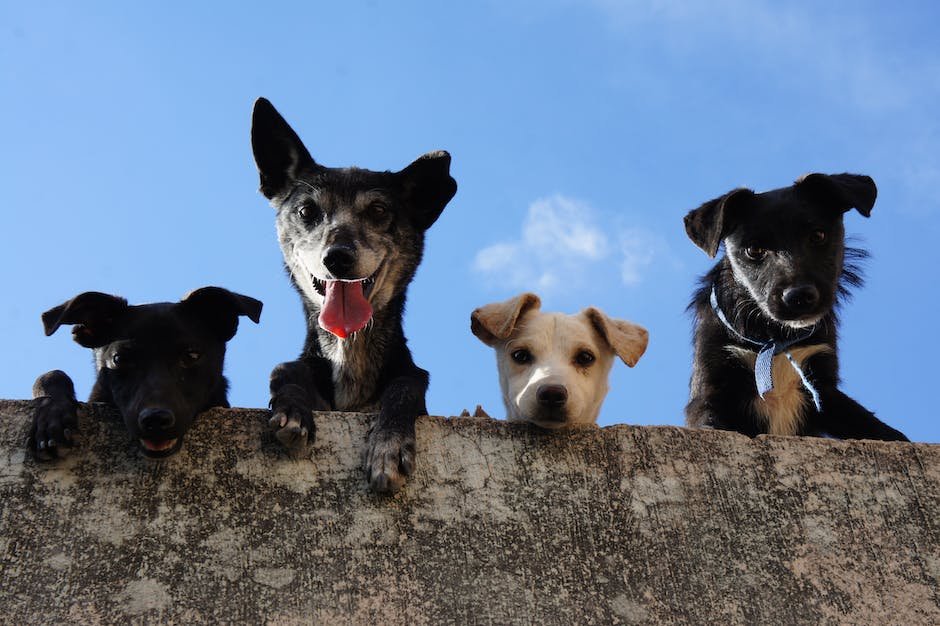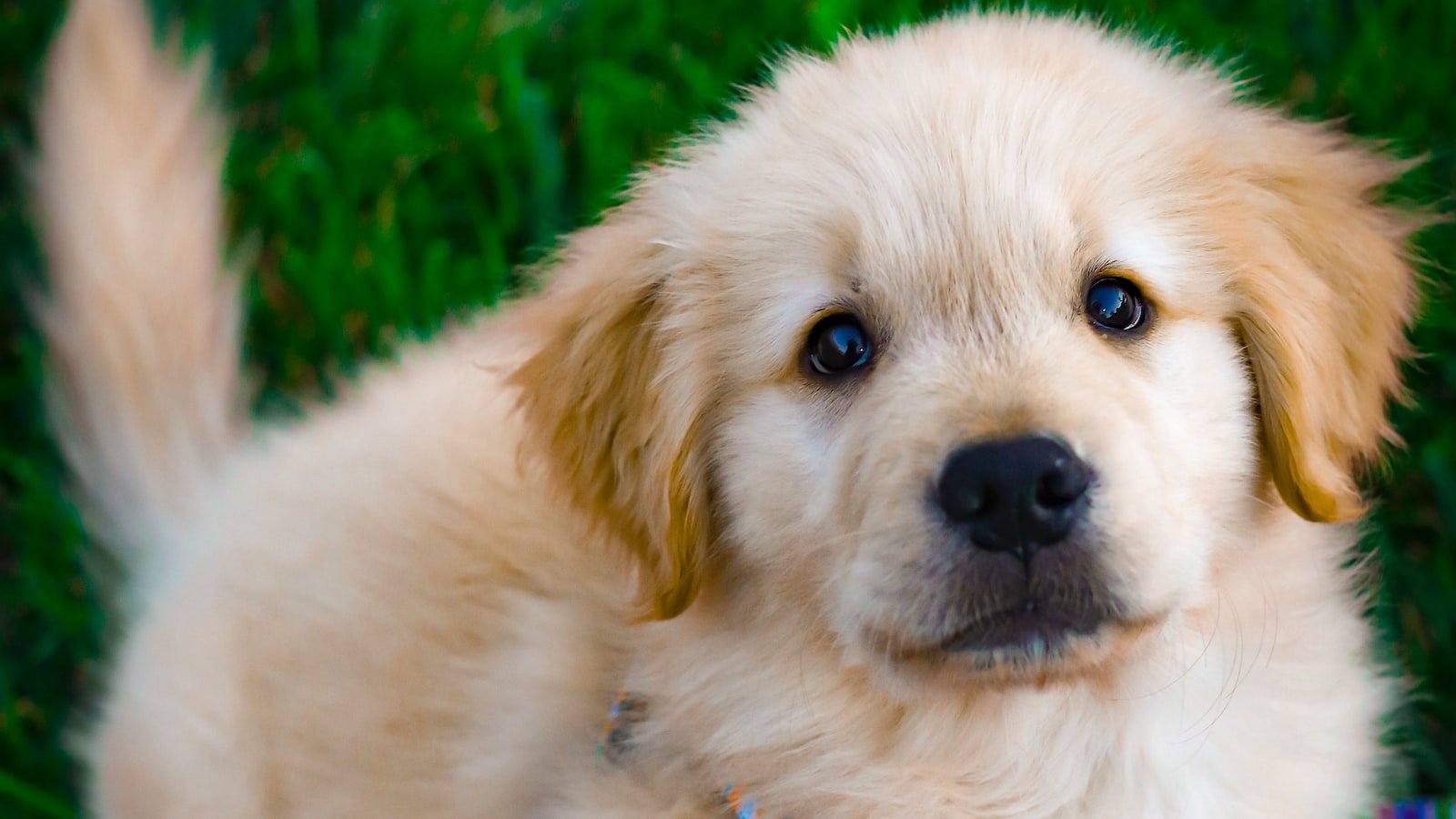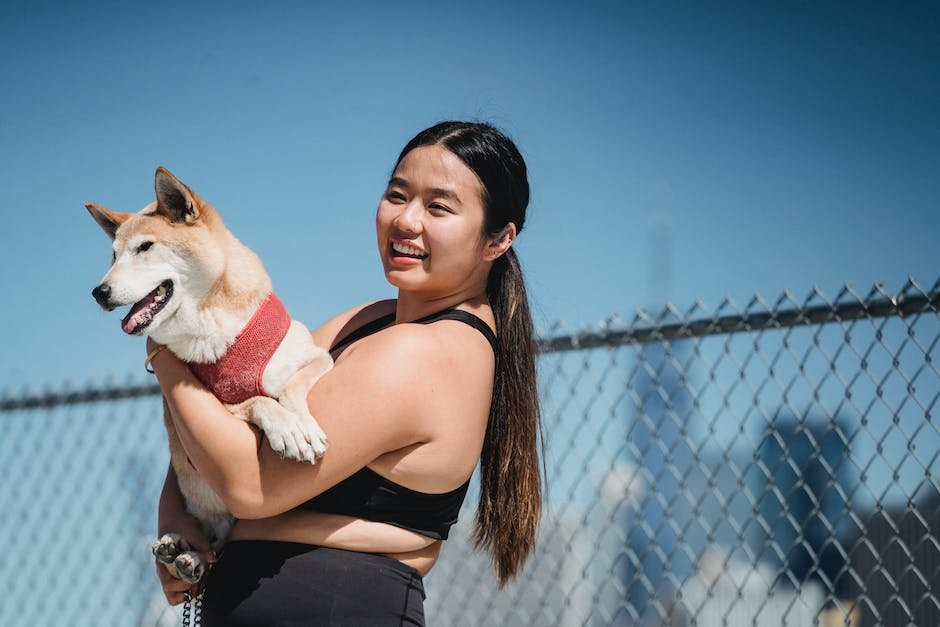From the very moment those tiny paws tiptoe into your life, you are immediately overcome with an indescribable mixture of joy, love, and a sneaking curiosity about when exactly you should start training your sweet, little furball. The journey of welcoming a new puppy into your home is undoubtedly a thrilling one, but it can also lead to a flurry of questions. It’s only natural to wonder what age should puppy training start? Luckily, we’re here to alleviate your curiosity and provide you with all the answers you need to ensure a successful training journey for both you and your beloved new addition. So, let’s delve into this intriguing topic, uncovering the perfect age to kickstart your pup’s training adventures!
Table of Contents
- Understanding the Developmental Stages of Puppies: The Ideal Time to Start Training
- Introducing Basic Commands and Socialization: Early Steps for a Well-Behaved Puppy
- Building a Strong Foundation: Tailoring Training Methods to Suit Your Puppy’s Age
- Considering Individual Needs: Factors to Determine the Right Age for Puppy Training
- Ensuring Success: Expert Tips for Starting Puppy Training at the Right Time
- Q&A
- To Conclude

Understanding the Developmental Stages of Puppies: The Ideal Time to Start Training
Puppies are like little bundles of joy that grow up faster than we can imagine. Understanding their developmental stages is crucial to provide them with the right training and socialization. It’s important to note that training techniques should be adjusted according to each stage in order to achieve the best results.
Stage 1: The Neonatal Period (0-2 weeks)
During this stage, puppies rely completely on their mother for survival. They are blind, deaf, and have limited mobility. The focus should be on providing a stable and nurturing environment, ensuring they have a warm and clean space to grow. Gentle handling and socialization from the breeder or caretaker can introduce them to gentle touches and human scents.
Stage 2: The Transitional Period (2-4 weeks)
This is an exciting stage where puppies start to explore their surroundings. They develop their senses, slowly opening their eyes and ears. It’s the ideal time to introduce simple toys, interactive puzzles, and different textures for them to experience. Introducing soft training commands, like their names, can help build an early connection between the puppy and their caregiver.
Stage 3: The Socialization Period (4-12 weeks)
During this stage, puppies become more curious and adventurous. It’s crucial to expose them to a wide range of experiences, environments, and people. Enrolling in puppy classes or arranging playdates with well-vaccinated and friendly dogs can help them learn appropriate social behavior. Basic obedience training can be introduced, focusing on commands like sit, stay, and recall.
Stage 4: The Juvenile Period (3-6 months)
This stage is characterized by rapid growth and identity formation. The puppy’s adult teeth start to come in, and they may experience an increase in energy levels. Continuing basic obedience training and exposing them to different environments will help develop their confidence and reduce fearfulness.
Remember, each puppy is unique, and their development may vary. Patience, consistency, and positive reinforcement are key to successful training and shaping their behavior. Starting training at the right time will pave the way for a well-behaved and happy adult dog.
Introducing Basic Commands and Socialization: Early Steps for a Well-Behaved Puppy
Welcome to the exciting journey of raising a well-behaved puppy! Teaching basic commands and socializing your furry friend from an early age is crucial for their development and overall behavior. By introducing basic commands and providing ample socialization opportunities, you are setting a strong foundation for a happy and obedient companion.
The Importance of Basic Commands:
- Basic commands such as “sit,” “stay,” and “come” are essential for effective communication with your puppy. They lay the groundwork for more advanced training in the future.
- Consistent use of basic commands helps establish boundaries and reinforces positive behavior. It empowers your puppy to understand what is expected of them.
- Basic commands ensure safety in various situations, such as preventing your puppy from running into the road or approaching strangers without permission.
Socialization: A Key to a Well-Balanced Pup
Socialization is a vital aspect of puppyhood that cannot be overlooked. Exposing your puppy to a variety of experiences, people, animals, and environments helps them become more confident and adaptable. Here are some key points to consider:
- Introduce your puppy to different environments such as parks, streets, and various indoor settings. This helps them feel comfortable and adaptable in different surroundings.
- Arrange controlled interactions with other well-behaved pets and friendly people, gradually exposing your puppy to new faces and voices.
- Expose your puppy to different sounds and stimuli to help them become resilient and less prone to fear or anxiety.
- Remember, positive reinforcement and rewards play a crucial role in both training and socialization. Praise and treats go a long way in reinforcing good behavior and building trust.
By focusing on basic commands and socialization, you are giving your puppy the best chance to develop into a well-behaved and confident dog. So grab your leash, treats, and embark on this wonderful adventure together!

Building a Strong Foundation: Tailoring Training Methods to Suit Your Puppy’s Age
When it comes to training your puppy, one size does not fit all. Just like humans, puppies go through different stages of development, each requiring specific training methods. Building a strong foundation for your furry friend means tailoring your training techniques to suit their age and capabilities.
During the early weeks, from birth to around 8 weeks old, puppies are highly impressionable and eager to learn. This period is crucial for socialization and teaching basic commands. To ensure success, focus on gentle handling, positive reinforcement, and short, frequent training sessions. Introduce them to various sights, sounds, and experiences to help them become well-rounded adults.
As your puppy enters the adolescent stage, typically between 8 to 16 weeks old, they may become more independent and test boundaries. This is the perfect time to reinforce basic obedience commands and boundaries. Utilize consistent and clear communication, incorporating rewards and cues. Introducing them to new environments and experiences will help them adapt and develop confidence.

Considering Individual Needs: Factors to Determine the Right Age for Puppy Training
When it comes to puppy training, there is no “one-size-fits-all” approach. Each adorable ball of fur is unique, and understanding their individual needs is essential in determining the right age for training. Here are several factors to consider:
- Developmental stage: Puppies go through key developmental periods, and training is most effective when started at the appropriate stage. Basic commands like sit, stay, and come can be introduced as early as 7-8 weeks, while more complex training should wait until their attention span develops further, typically between 14-16 weeks.
- Breed characteristics: Different dog breeds mature at varying rates, both physically and mentally. Small breeds may have shorter attention spans but are often quick learners, while larger breeds tend to take longer to reach full cognitive abilities. Understanding your specific breed’s traits will help you gauge when they are ready for training.
- Health and physical fitness: Like humans, puppies need to be in good health to learn effectively. A pup’s vaccination schedule is crucial to consider, as they should be adequately protected before engaging in intense training sessions. Additionally, wait until your puppy has developed sufficient bladder control to avoid unnecessary accidents during training.
- Individual temperament: Every puppy has a unique personality, and their temperament plays a significant role in their readiness for training. Some may be eager to learn and please their owners, making them more amenable to training at an earlier age. On the other hand, more independent or shy puppies may require additional time to build confidence before diving into formal training.
By considering these factors, you can make an informed decision about when to start training your furry friend. Remember, patience and consistency are key when working with puppies. With the right approach and plenty of positive reinforcement, you’ll be well on your way to raising a happy, obedient, and well-behaved companion.
Ensuring Success: Expert Tips for Starting Puppy Training at the Right Time
When it comes to starting puppy training, the timing can be crucial for ensuring success. Every puppy is different and has its own unique needs and capabilities, so it’s essential to start training at the right time. Here are some expert tips to help you determine the perfect timing for your furry friend:
Observe Developmental Milestones:
Just like human babies, puppies go through developmental milestones that indicate their readiness for training. Keep an eye out for important milestones such as the ability to walk steadily, respond to basic commands, and focus for short periods of time. Starting training too early may overwhelm your puppy, while waiting too long can make the training process more challenging.
Find the Sweet Spot:
Timing is everything, and finding the sweet spot for starting puppy training is no exception. It’s crucial to strike a balance between starting too early and missing valuable training opportunities or starting too late and allowing bad habits to develop. Consult with a professional trainer or do some research to determine the ideal age for your specific breed, as smaller and larger breeds may have different developmental timelines.
Consider Individual Readiness:
Every puppy is an individual with unique temperaments, learning styles, and readiness levels. Take into account your puppy’s personality and behavior. Are they curious and eager to learn, or do they need more time to adjust to their new surroundings? Recognizing and respecting your puppy’s individual readiness will contribute to a more successful training experience.
Starting puppy training at the right time is vital for setting the foundation of a well-behaved and obedient dog. By observing developmental milestones, finding the sweet spot, and considering your puppy’s individual readiness, you’ll be on the path to success in no time!
Q&A
Q: At what age should puppy training start?
Training can begin as early as 8 weeks old, when puppies have better cognitive abilities and are more receptive to learning. However, it’s never too late to start training, as dogs of any age can learn new behaviors.
Q: What are the benefits of starting training early?
Starting training at a young age helps establish a solid foundation for future behavioral development. It helps puppies learn basic commands, socialize with other dogs and people, and prevents the formation of bad habits.
Q: What training techniques are suitable for young puppies?
Positive reinforcement techniques, such as using treats and verbal praise, are ideal for training young puppies. It helps build a strong bond between the puppy and the owner, making the learning experience enjoyable for both.
Q: Can training be too overwhelming for a puppy?
While puppies should be exposed to training gradually, it’s important not to overwhelm them with lengthy sessions or overly complicated commands. Short, frequent training sessions are more effective and less stressful for young puppies.
Q: How long does it take to adequately train a puppy?
The duration of training varies depending on the puppy and the desired behaviors. It’s an ongoing process that requires patience, consistency, and repetition. Most basic commands can be mastered within a few weeks with regular practice.
Q: What if my puppy is showing signs of stubbornness or difficulty learning?
Some puppies may require additional time and effort to grasp certain commands. Seek professional help from a certified dog trainer who specializes in puppy training. They can offer personalized guidance and help overcome any training challenges.
Q: Are there any specific training pitfalls to avoid?
Avoid using harsh punishment or physical force during training, as it can lead to fear and aggression. Be consistent with the rules and commands, and always reward positive behavior rather than focusing on the negative.
Q: Can I train my puppy at home, or is professional training necessary?
While professional training can be beneficial, it’s possible to train your puppy at home with the right resources. There are numerous books, online resources, and training classes available that can guide you through the process effectively.
Q: Is it necessary to enroll my puppy in obedience classes?
Enrolling your puppy in obedience classes can be advantageous as it provides structured training under the supervision of experts. It also offers opportunities for socialization with other dogs, which is crucial for their overall development.
Q: Can an older dog be trained if they missed puppyhood training?
Absolutely! Dogs of any age can learn new behaviors and respond well to training. While training an older dog may require more time and patience, it can still be a rewarding experience that strengthens the bond between the dog and owner.
To Conclude
As we wrap up our exploration of when to embark on the captivating journey of puppy training, we hope we have provided you with a paw-sitively enlightening experience. From debunking myths to lifting the veil on the secrets of successful training, we have traversed the behavioral landscape with unwavering curiosity.
Remember, the age at which this transformative odyssey should commence is crucial. While our fluffy companions come into this world brimming with boundless energy and mischief, it is imperative to start training them at the appropriate time. By unearthing the hidden gems of knowledge from experienced trainers and behaviorists, we have unveiled the blueprint to fostering a harmonious relationship between you and your lovable furry bundle of joy.
Now armed with valuable insights, you can confidently embark on this journey armed with the tools to shape your pup’s behavior, instilling obedience and mutual respect for years to come. Remember, patience and consistency are the cornerstones of successful training, as you nurture their intelligence and natural instincts into finely crafted skills.
Whether you are a seasoned dog aficionado or a first-time puppy parent, we hope our fervent exploration of this captivating topic has shed light on the stages of development and the opportune age to kickstart the training process. Together, let us embrace the adventure that awaits, paving the way for a future filled with wagging tails, mutual understanding, and unbreakable bonds of love.
As we bid farewell to this captivating chapter, we encourage you to continue your pursuit of knowledge, for every day is an opportunity to deepen the remarkable connection you share with your four-legged companion. Trust in the process, relish every milestone, and may the journey of puppy training bring you countless heartwarming memories and moments of sheer joy. Happy training!
As an affiliate, my content may feature links to products I personally use and recommend. By taking action, like subscribing or making a purchase, you’ll be supporting my work and fueling my taco cravings at the same time. Win-win, right?
Want to read more? Check out our Affiliate Disclosure page.